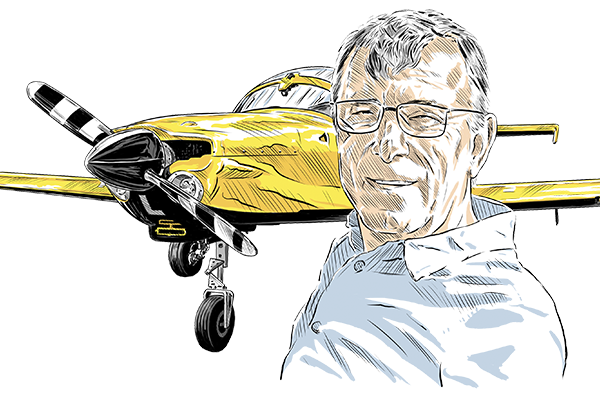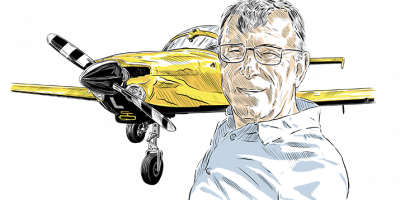In-flight fire
Guimbal Cabri G2, ZK-IIH
Near: Rotorua Aerodrome
A pilot was on a solo navigation training flight in the central North Island in a Hélicoptères Guimbal Cabri G2 helicopter. Shortly after taking off from Rotorua he heard a loud bang followed by a continuous clattering noise. Soon afterwards, smoke entered the cabin.
The pilot landed immediately and vacated the helicopter. The pilot was not injured, but the helicopter was destroyed by fire.
The Transport Accident Investigation Commission (the Commission) found the in-flight fire was initiated by the ejection of a ceramic insulator and centre electrode from one of the engine spark plugs. The loss of the spark plug allowed the combustion flame from that cylinder to ignite the engine cooling shroud.
This type of failure with spark plugs is so rare that it does not have significant implications for aviation safety.
The pilot’s prompt actions were appropriate and commendable. The immediate landing, combined with the protection provided by the engine bay firewall, prevented a more serious outcome.
Comment: Although this incident occurred in a helicopter, it’s worth thinking about how you would cope with a sudden in-flight fire. If the engine catches fire, you may not see flames for some time though you may start to see a lot of smoke in the cockpit associated with a lot of noise from the engine.
A helicopter has the advantage of being able to land almost immediately, whereas more space is needed to land if flying a fixed-wing aircraft, and inevitably takes more time.
Near miss during overhead join
Cessna A152, ZK-NPL and Robinson R22 Beta, ZK-HIE
New Plymouth Aerodrome
A light helicopter and a light aeroplane, both of which were being used for dual pilot training, had a near-collision overhead New Plymouth Aerodrome.
The pilots of both aircraft were operating under VFR and in accordance with their respective ATC clearances. The aeroplane was descending from overhead using the standard circuit joining procedure for a left-hand circuit for Runway 14, the runway in use, whereas the helicopter was operating above the normal circuit altitude in a right-hand circuit for the same runway. The aeroplane descended through the downwind leg of the helicopter’s circuit.
Comment: Many airfields in the UK operate both fixed-wing and helicopter traffic, often with opposition circuits. The standard overhead join is unlikely to be suitable in such a situation – make sure you have a look at the airfield’s operating procedures in advance. It may well be that overhead joins are prohibited for that reason.
Multiple approaches
The pilot was flying a third approach to an unfamiliar airfield, having had to go-around from two earlier approaches. As the pilot manoeuvred the aircraft onto final approach it appeared to be close to the point of stalling. The left wing then dropped suddenly and the aircraft struck the ground. It came to rest in an upright attitude and the pilot was able to make the aircraft safe before vacating.
Comment: Repeated approaches at airfields due to unsuccessful attempts can create stress, poor judgement, and ‘get-in-itis’ can set in with unfortunate results. Commercial operators will have guidance on repeated attempts at approaches for those reasons. If you can’t get into an unfamiliar airfield, go home or divert to somewhere more suitable.
Too close for comfort
The aircraft was being taxied from a grass parking area to a refuelling bowser. The pilot turned the aircraft left off the taxiway onto an adjacent apron, where he intended to make a 180° turn to the right. As the pilot’s attention was directed to his right prior to making the turn, the aircraft’s left wingtip struck the door of a small hangar.
The pilot attributed the accident to his positioning close to the hangar prior to the turn and to a moment’s inattention to his left wingtip clearance as he prepared to carry out the manoeuvre.
Comment: There are no prizes for ‘dinked’ wingtips. If there is any doubt about how close a hazard appears to be to the wingtip, then don’t go any further. Stop the aircraft and, if necessary, manhandle the aircraft to the right place.





